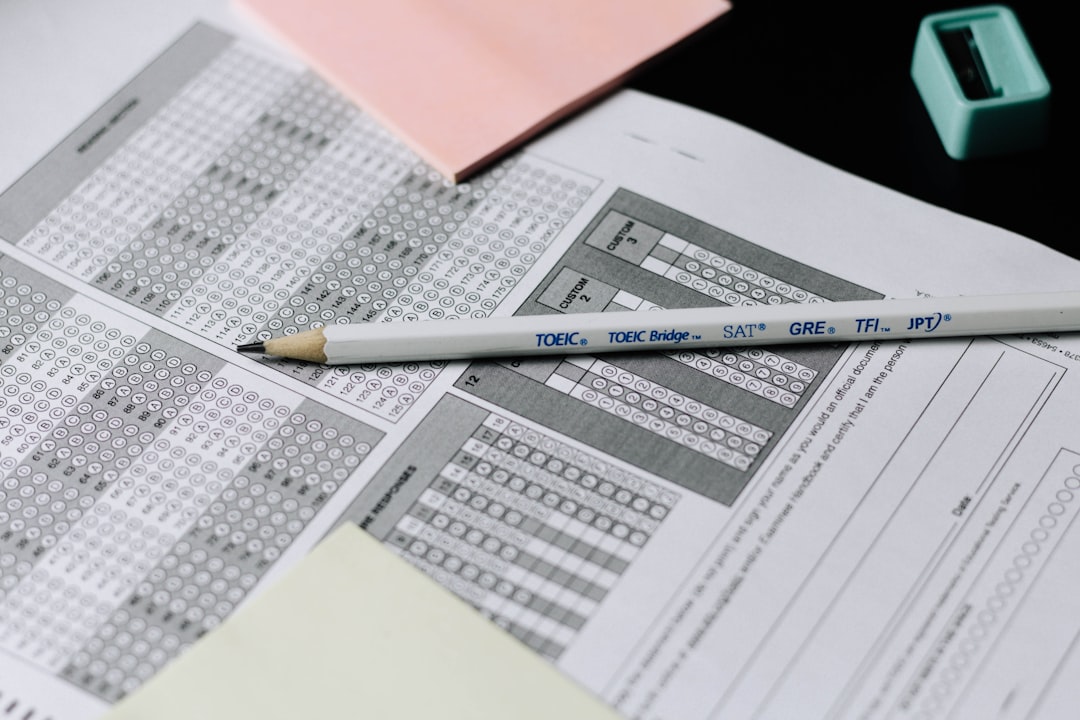What is it about?
In this paper. we offer a preliminary investigation of some aspects of individual and group variation in sign rate and rhythm, considering the sociolinguistic factors of Age (younger and older adults), Gender, and Sign Variety (Black and Mainstream American Sign Language). Differences in sign rate and rhythmic structure among signers were found in signers’ elicited narratives. A novel approach to phrasal rhythm is introduced, called “rhythm ratio”, which considers sign duration and transition duration together and is similar in spirit to the “normalized pairwise variability index” (nPVI) in spoken languages. This measure appears to be promising as a method for identifying rhythm class in sign languages; however, due to the small number of signers in each group these results can only be suggestive.
Featured Image

Photo by Thiago Barletta on Unsplash
Why is it important?
In this work, we have proposed the new measure “rhythm ratio” as a way of capturing rhythmic patterns in sign varieties of ASL. This new linguistic measure will allow us to understand sign language rhythm from a new perspective, and can be pursued in future work to understand its implications for sign language variation more generally – both within languages, and in cross-linguistic variation. Our findings suggest that the sociolinguistic factors of Age, Gender, and Sign Variety (in decreasing strength) may be salient with respect to rhythm.
Perspectives
I appreciate the opportunity to work with the esteemed Dr. Diane Brentari. I met her at the Linguistic Society of America conference when I was a graduate student. We were in the elevator and she seemed to know me. We talked a bit and then I asked for her name. When she told me, I was embarrassed. I should have known she was the Dr. Diane Brentari I read about in the American Sign Language phonology class during my first year of grad school. 14 years later, here we are as the co-authors of this article with her knowledge of phonology and prosody and mine on the empirical study of Black ASL. We look into another difference related to prosodic and the findings we have are very exciting. It suggests that the difference in rhythmic patterns can be found among sign varieties of ASL and the "rhythm ratio" measure can be a useful tool in capturing rhythmic patterns.
Dr. Joseph Christopher Hill
Rochester Institute of Technology
Read the Original
This page is a summary of: Variation in phrasal rhythm in sign languages, Sign Language & Linguistics, October 2018, John Benjamins,
DOI: 10.1075/sll.00010.bre.
You can read the full text:
Resources
Contributors
The following have contributed to this page










